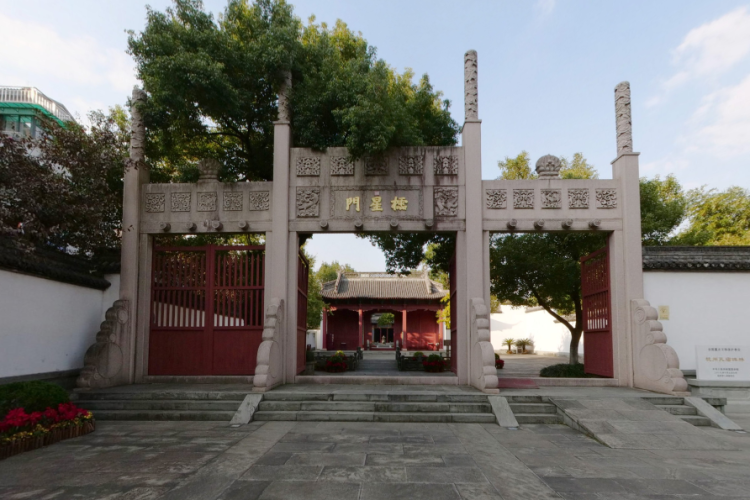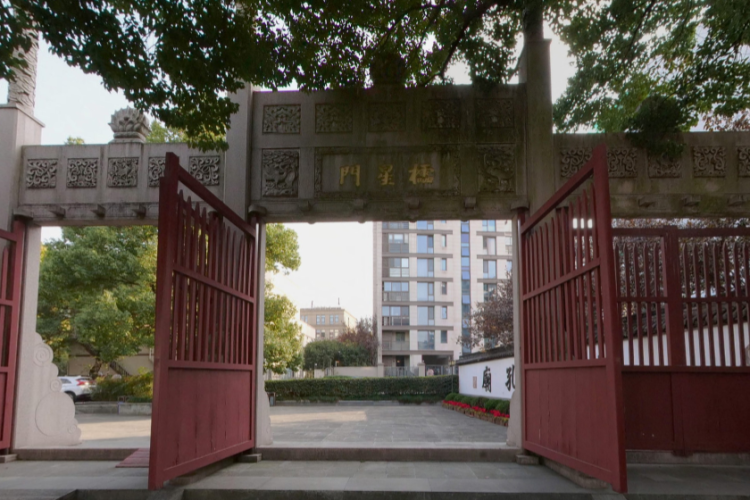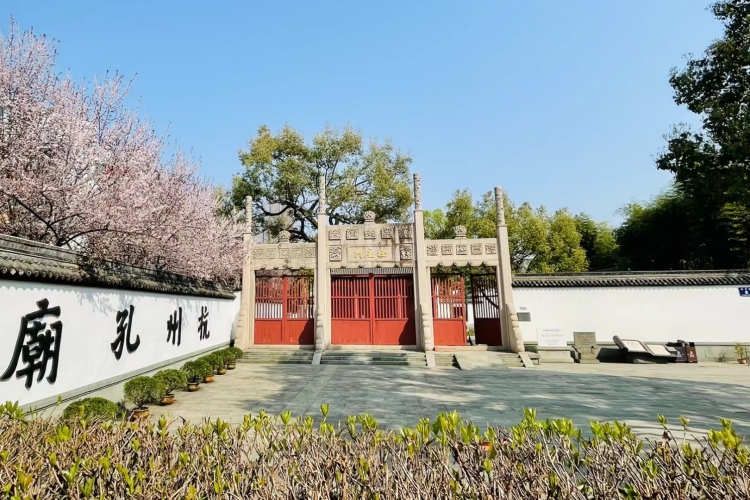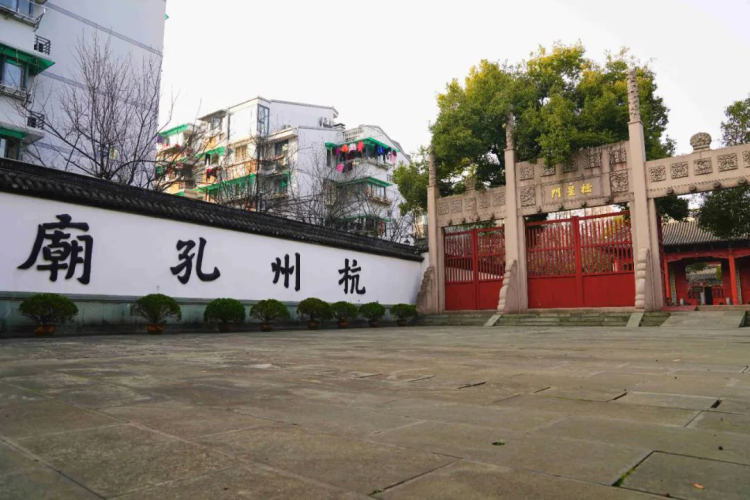棂星门亦称先师门,是孔庙的大门。它为三间四柱冲天柱式仿木结构石牌坊,坊高8. 9米,面阔13米。四根圆形冲天柱柱头雕饰祥云纹,明间额枋上正反两面阴刻清乾隆十九年 (1754年) 乾隆御书“棂星门”三字楷书,上层刻环状花纹。坊下设栅栏门,左右接墙垣。
棂星,原作灵星,又名“天田星”,是主管农事的神灵后稷。汉高祖刘邦规定: 凡祭天必先祭灵星。至北宋仁宗天圣六年 (1028年) ,筑郊台外垣,置棂星门。至南宋理宗景定年间 (1260-1264年) ,移用于孔庙。
孔庙大门以棂星命名,意谓孔子应天上星宿而降,其思想教化苍生,惠及后人,主“人才辈出,利于国家”,尊孔如同尊天,显示出古往今来孔子在人们心目中至高无上的地位。棂星门是孔庙建筑中最具代表性的建筑之一,也是孔庙的标志之一。
In 1028, Lingxing Gate was erected in the external wall of a terrace. Between 1260 and 1264, it was moved to outside Confucius Temple. Since then, it has been the entrance to the temple. With 8.9 m height and 13 m width, this stone archway consists of 3 rooms and 4 columns. The head of each column soars heavenward and features a cloud pattern. Both front and back sides of the architrave feature the 3 characters that Emperor Qianlong wrote in 1754. Actually, Lingxing refers to Houji, the god of agriculture. Back in the Han dynasty, Emperor Liu Bang ordered that the god must be first worshiped in any heaven sacrifice. Since Confucius descended from heaven to enlighten people, he has been regarded as an embodiment of Heaven. Overall, this gate is one of the iconic structures of the temple.



